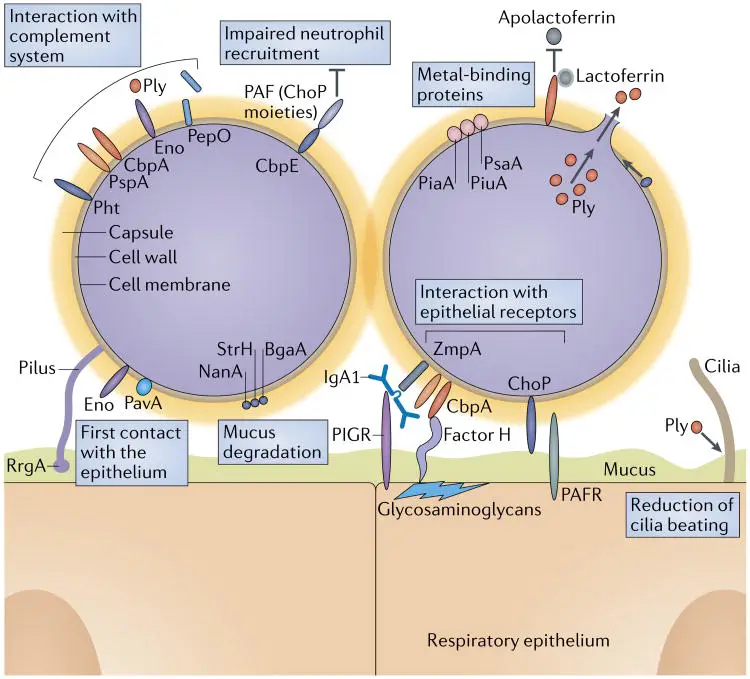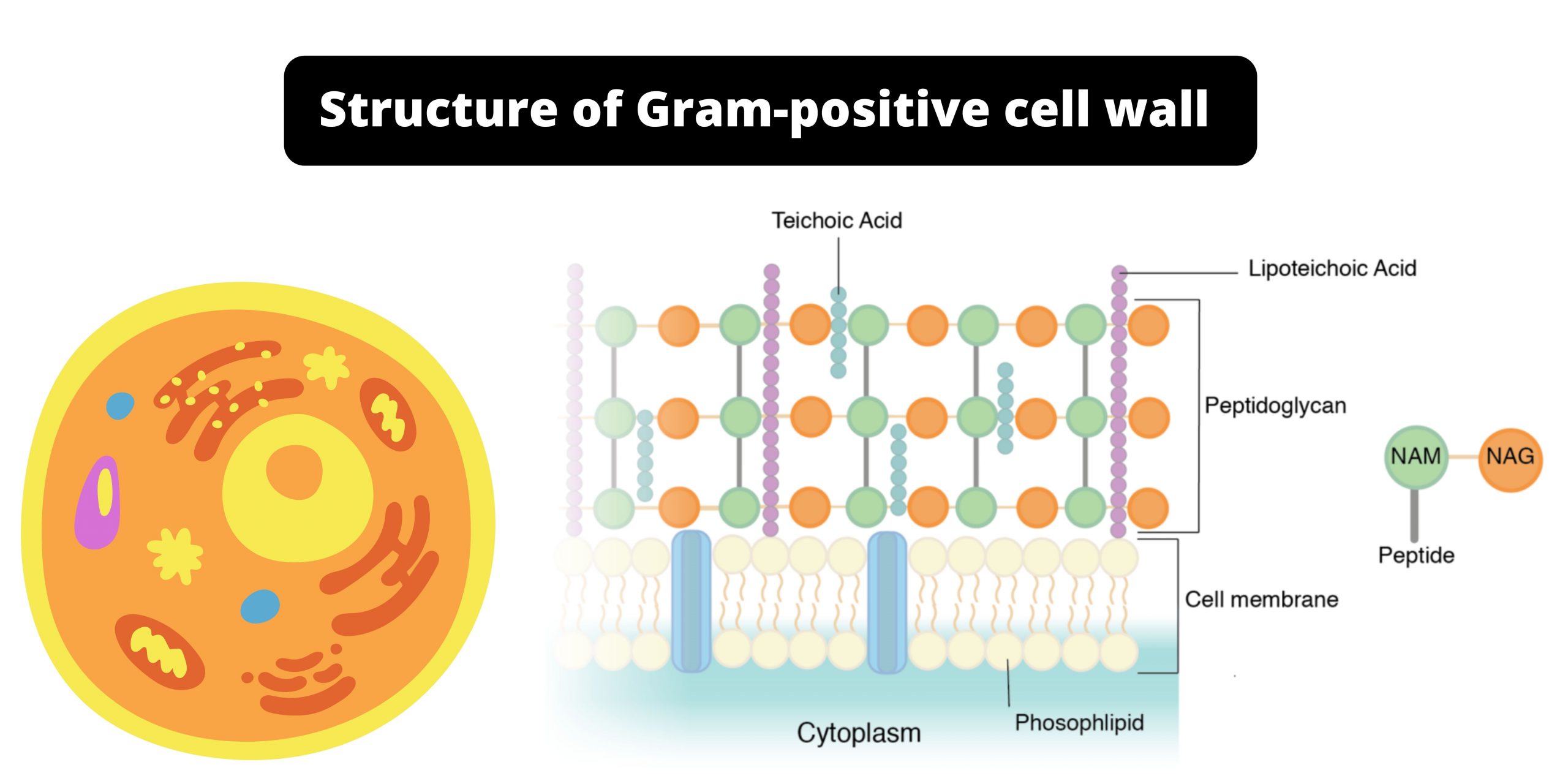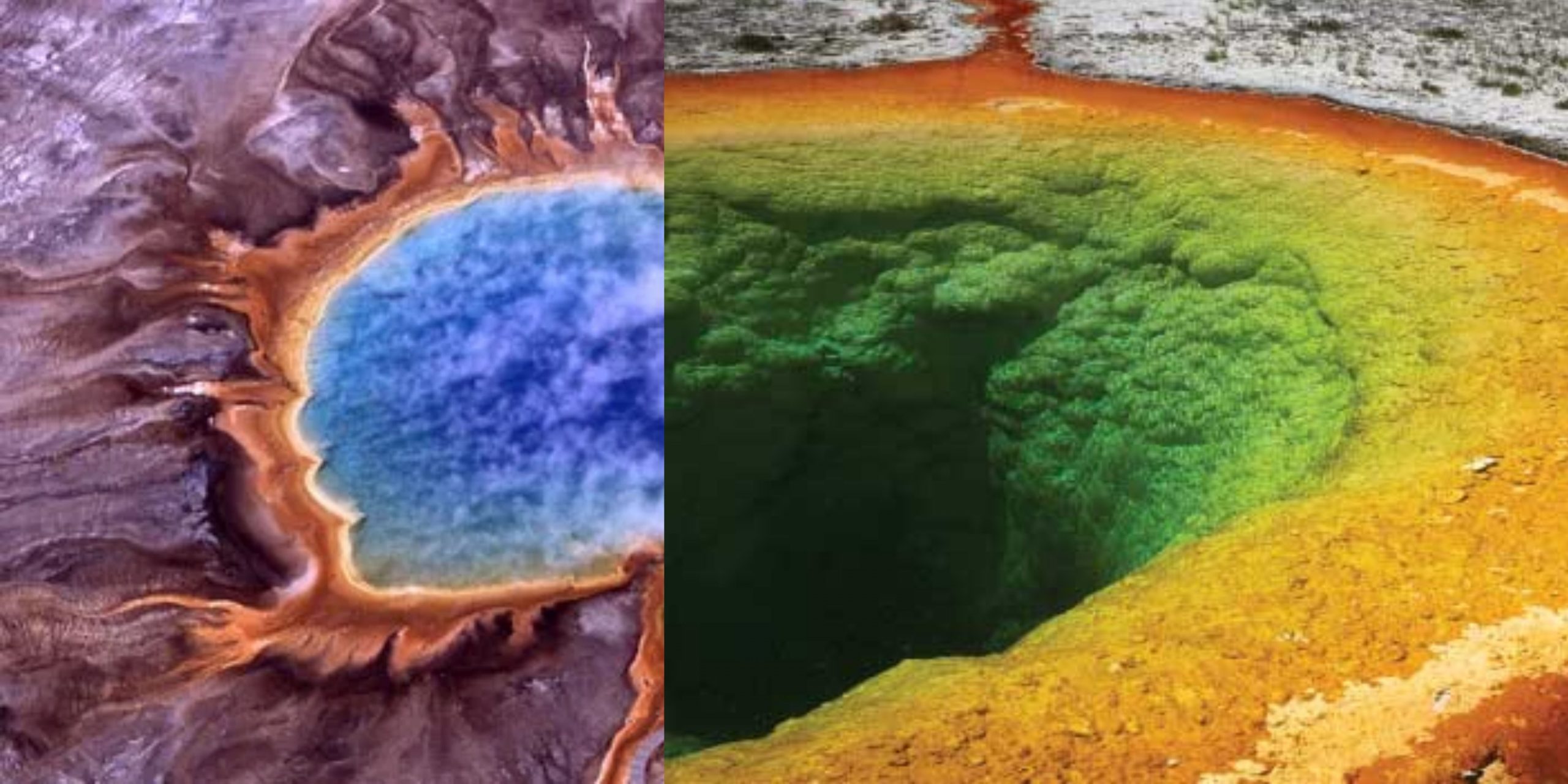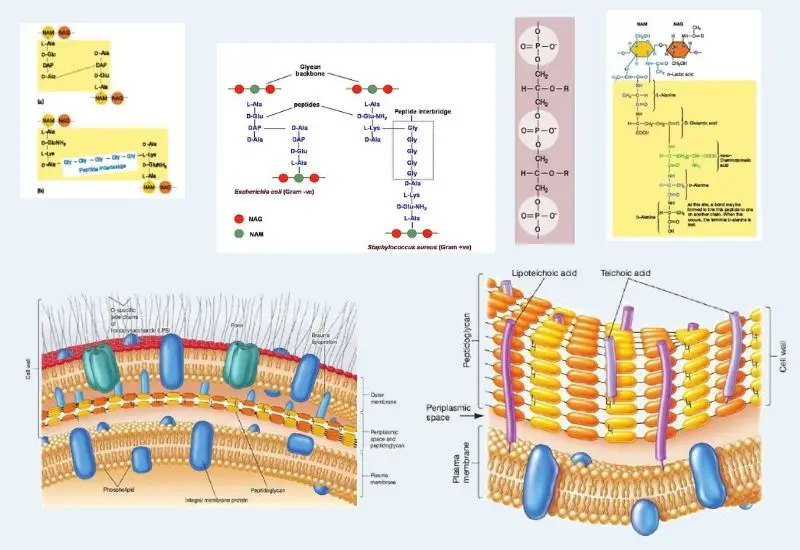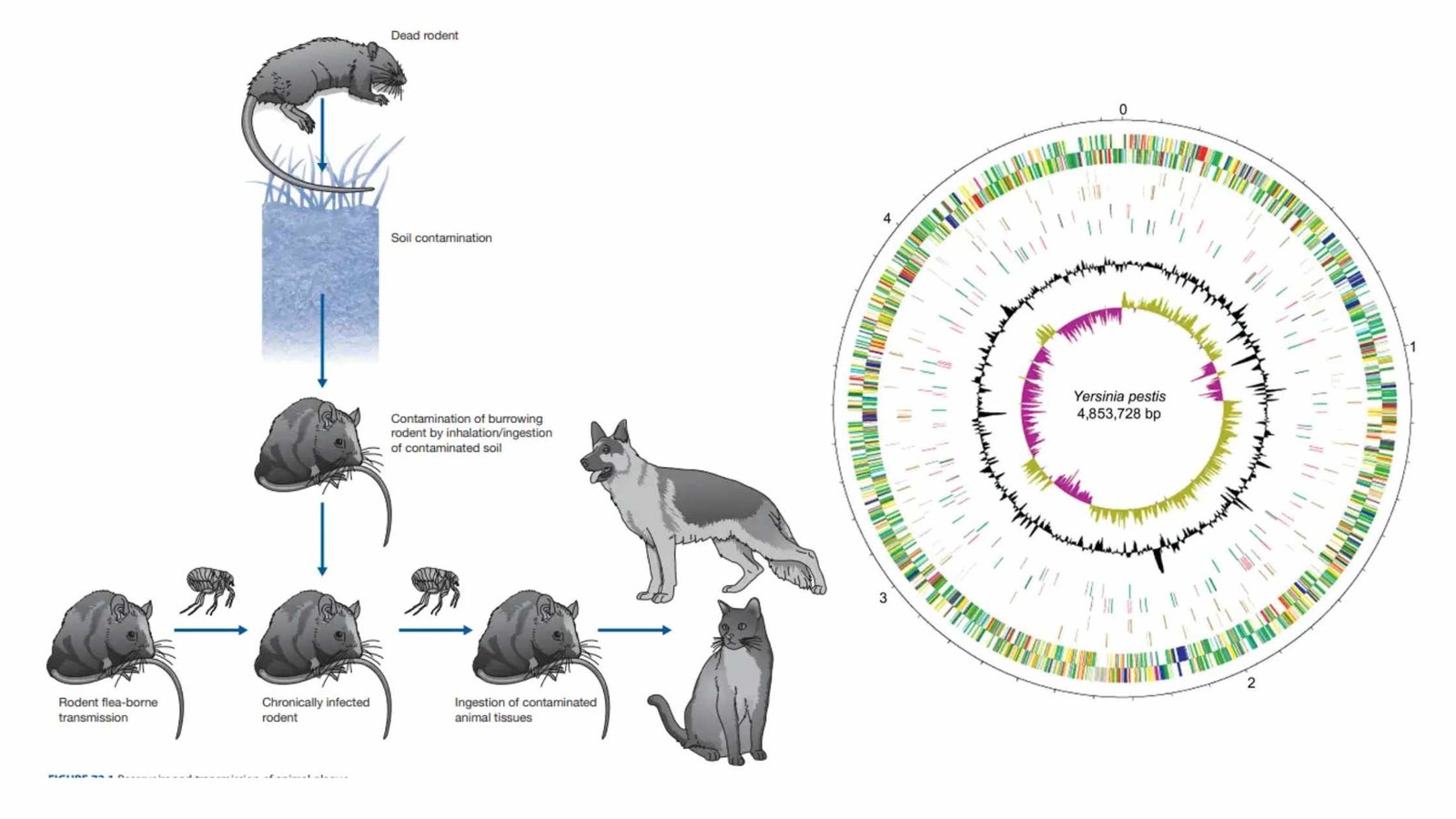Bacillus cereus – Habitat, Morphology, Pathogenicity, Virulence Factors
Domain: Bacteria Phylum: “Firmicutes” Class: Bacilli Order: Bacillales Family: Bacillaceae Genus: Bacillus Species: B. cereus Definition of Bacillus cereus Bacillus cereus is a gram-positive, rod-shaped bacterium that produces toxins leading to foodborne illnesses. It can cause two main types of gastrointestinal disorders: emetic (vomiting) syndrome and diarrheal syndrome. This bacterium is commonly found in soil … Read more


